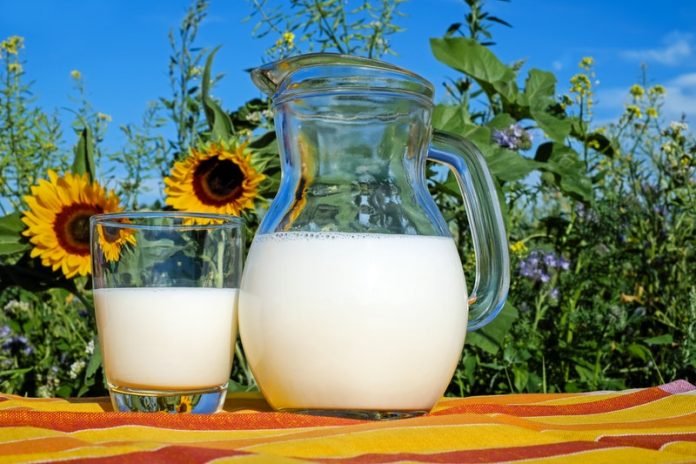
It is known that both calcium and vitamin D are needed for strong bones.
Recent research has shown that the two nutrients can provide more health benefits than previously known.
For example, calcium is needed for the heart, muscles, and nerves to function properly and for blood to clot.
Lack of calcium strongly contributes to the development of osteoporosis, which decreases bone mass and increases fracture rates.
Researchers from the NIH warn that although a balanced diet aids calcium absorption, high levels of protein and salt in the diet may increase calcium excretion through the kidneys.
High amounts of these substances should be avoided, especially in people with low calcium intake.
In addition, lactose intolerance may cause inadequate calcium intake.
People who are lactose intolerant have insufficient amounts of the enzyme lactase, which is needed to break down the lactose found in dairy products.
To consume dairy products in the diet, these people can eat dairy foods in small quantities or treated with lactase drops, or lactase can be taken as a pill.
Some milk products on the market already have been treated with lactase.
People can also use a calcium supplement if they cannot get enough calcium from their diet.
But it is important to know that the amount of calcium you will need from a supplement depends on how much calcium you obtain from food sources.
Also, calcium supplements are better absorbed when taken in small doses several times throughout the day.
Vitamin D is important for the body to absorb calcium. Without enough vitamin D, one can’t form enough of the hormone calcitriol. This may cause insufficient calcium absorption.
Generally, people can get vitamin D in three ways: through the skin from sunlight, from the diet, and from supplements.
Vitamin D-rich foods include egg yolks, saltwater fish, liver, and fortified milk.
For people with a high risk of bone loss due to lifestyle, medications, or menopause, it is important to talk to doctors to determine the need for an osteoporosis medication in addition to diet and exercise.
Copyright © 2019 Knowridge Science Report. All rights reserved.



